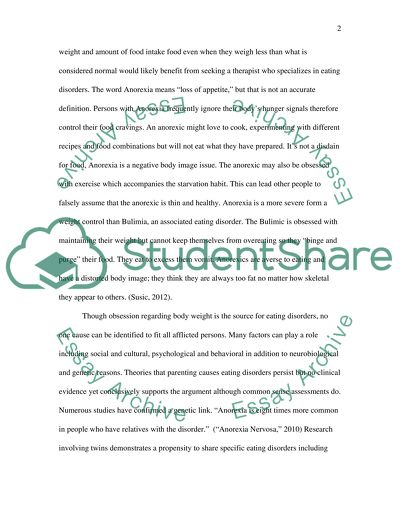Cite this document
(“Anorexia, Dying to Fit In Essay Example | Topics and Well Written Essays - 2500 words”, n.d.)
Anorexia, Dying to Fit In Essay Example | Topics and Well Written Essays - 2500 words. Retrieved from https://studentshare.org/health-sciences-medicine/1402170-anorexia
Anorexia, Dying to Fit In Essay Example | Topics and Well Written Essays - 2500 words. Retrieved from https://studentshare.org/health-sciences-medicine/1402170-anorexia
(Anorexia, Dying to Fit In Essay Example | Topics and Well Written Essays - 2500 Words)
Anorexia, Dying to Fit In Essay Example | Topics and Well Written Essays - 2500 Words. https://studentshare.org/health-sciences-medicine/1402170-anorexia.
Anorexia, Dying to Fit In Essay Example | Topics and Well Written Essays - 2500 Words. https://studentshare.org/health-sciences-medicine/1402170-anorexia.
“Anorexia, Dying to Fit In Essay Example | Topics and Well Written Essays - 2500 Words”, n.d. https://studentshare.org/health-sciences-medicine/1402170-anorexia.


